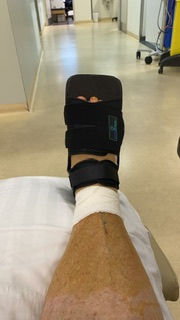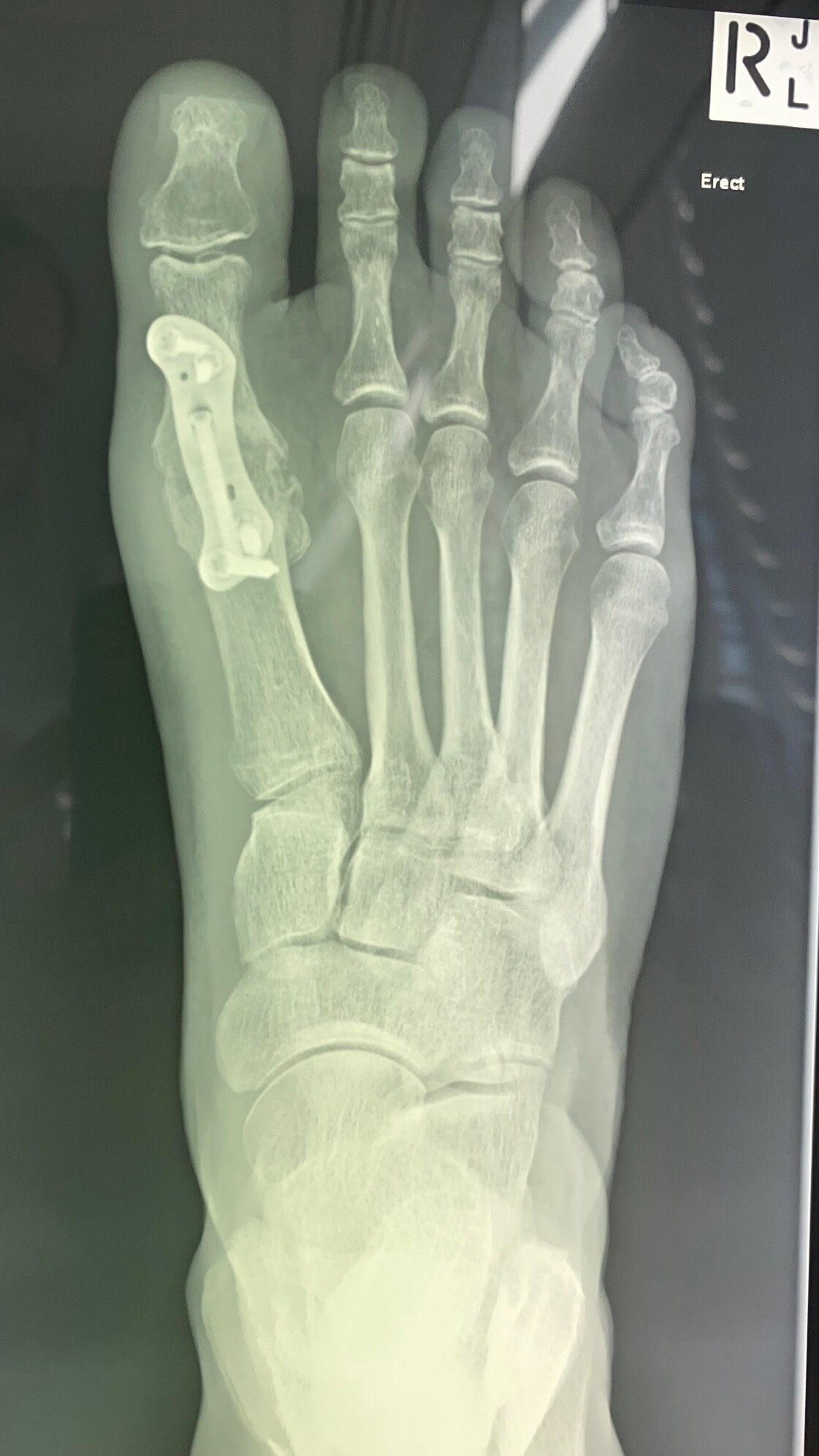Thanks for your thoughts, although they don’t answer my question in any way, and I wasn’t looking for a debate on alternative options. I have done enough research this year to be pretty confident that there are no other long term solutions.
But to your points specifically:
Cortisone is known to work until it doesn’t and provides, at best, a temporary fix. The only situation I can see where it is worth trying is to mask an injury just prior to an A race, by eliminating the inflammation, to get you through it. It is also known to break down your cartilage, so what’s there is likely to get damaged further. My sports doc offered it to me as an option but agreed that it would only delay the inevitable and noted, in response to my concerns about damaging the cartilage, that there was barely any there to destroy. My GP, when referring me to the surgeon, told me not to waste my money on it (without any prompting from me) and my surgeon also did not believe cortisone would offer any relief.
PRP is another injectable and I received one of those injections last year for plantar fasciitis, and it worked well. However there is no literature to support the use of PRP in toe joints. And, in fact, I wouldn’t expect PRP to be beneficial. PRP works by using your own highly concentrated platelets to accelerate repair, but in this case there’s nothing to repair. But if you’re aware of any research that does indicate a long term benefit then do share.
PT - had plenty of that last year and the beginning of this year. As you’ll appreciate, arthritis is a degenerative disease and so PT isn’t going to reverse or “heal” this.
Custom foot orthoses - again, tried that last year with no real benefit. I currently have a carbon inner sole from my podiatrist which does provide some relief but, again, it’s not a permanent solution - instead of walking in pain with every step the carbon inner sole gives me relief for around 30 minutes of walking before the joint starts to flare up.
Implants - I’ve not found any research to indicate reliable long term success with implants and the research does still seem to report fusion of the joint as being the current gold standard in treatment. Indeed my surgeon has steered me away from considering any implant (his overriding view is that “joint replacement has not been successful in the big toe”) and my own research these past 9 months has given me no reason to disagree with him. If you have any research that points to long term success in active patients then feel free to share. But, quite frankly, it seems that there’s a good chance you’d end up having to have a fusion anyway.

